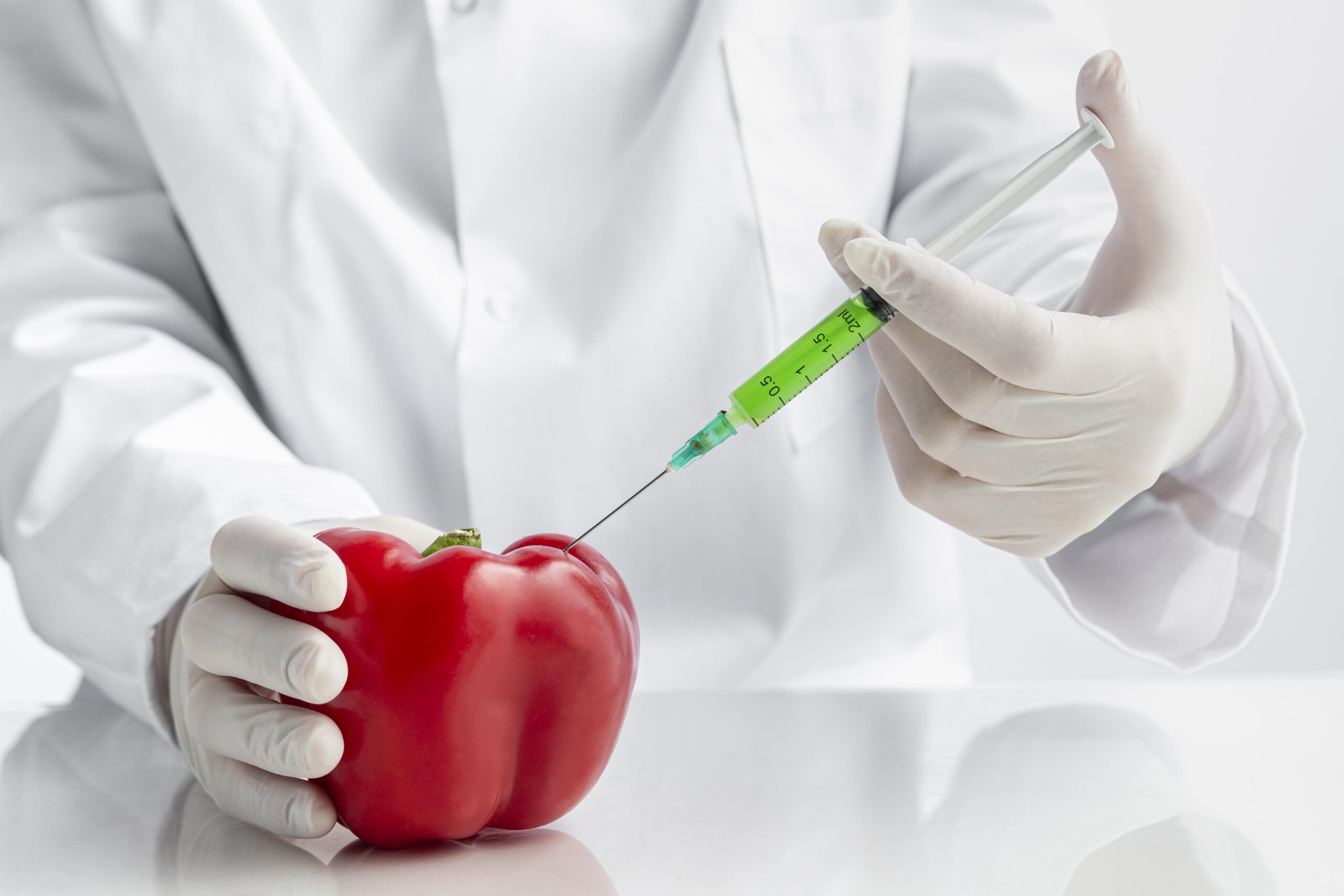Introduction
Food is far more than mere sustenance can explain. It encompasses a mesmerizing sensory journey that captivates not only our taste buds but also our olfactory senses and even evokes profound emotions within us. Beneath the surface of each delectable dish lies an intricate interweaving of chemistry, biology, and psychology. The captivating allure of the science behind our food lies in the enchanting intersection where taste seamlessly intertwines with the wonders of chemistry.
1. Taste:
The Basics
The primary flavors we perceive in food are sweet, salty, sour, and bitter. These tastes are detected by taste buds on our tongues. Sweetness, for example, is often associated with sugars, which trigger specific taste receptors. Salty tastes are attributed to sodium ions, while sourness comes from acidic compounds. Bitterness can be a sign of potential toxins, leading us to be naturally cautious of bitter flavors.
2. Umami:
The Fifth Taste
In addition to the basic tastes, umami is recognized as the fifth taste. Umami is often described as savory, and it’s found in foods like tomatoes, mushrooms, and aged cheeses. This taste sensation is triggered by the presence of glutamic acid, an amino acid that contributes to the overall flavor profile of a dish.
3. Aroma:
The Power of Smell
Much of what we perceive as taste is actually driven by our sense of smell. When we eat, volatile compounds are released from the food, and these molecules travel to our olfactory receptors in the nasal passages. These receptors send signals to our brain, which then interprets the combination of taste and aroma as flavor. This explains why a stuffy nose can make food taste bland.
4. Maillard Reaction:
Browning and Flavor
Ever wonder why grilled meat or freshly baked bread smells and tastes so enticing? The Maillard reaction is at play. This chemical reaction occurs when amino acids and reducing sugars are exposed to heat, creating a complex series of reactions that result in the browning of food and the development of rich flavors and aromas. It’s responsible for the crust on bread, the sear on a steak, and the color and taste of roasted coffee beans.
5. Molecular Gastronomy:
Science in the Kitchen
Molecular gastronomy is a culinary movement that applies scientific principles to cooking. Chefs experiment with techniques like sous-vide cooking (precise temperature control), foaming (creating stable froths), and specification (forming liquid into spheres) to create innovative dishes. This blending of science and culinary artistry has led to the creation of dishes that push the boundaries of taste and texture.
Master the Art of Food Presentation
Master the Art of Cooking Safely with These Insider Tips
6. Food Pairing:
A Symphony of Flavors
Food pairing is more than just combining ingredients that taste good together; it’s a science. Some foods share key flavor compounds, and by pairing them, chefs can create harmonious and surprising flavor combinations. For example, strawberries and balsamic vinegar share compounds that enhance each other’s flavors when combined.
7. The Role of Psychology
Our perception of food goes beyond taste and aroma; it’s influenced by our surroundings, memories, and expectations. The appearance of science behind our food, the ambiance of a restaurant, and even the company we’re with can affect our enjoyment of a meal. Additionally, cultural and personal associations with certain foods can evoke strong emotional responses.
8. Food and Health
Understanding the science of food is not just about creating delectable dishes; it’s also about making informed choices for our health. Researchers study the nutritional content of foods, their impact on metabolism, and how diet affects conditions like obesity and diabetes. Science behind our food plays a crucial role in developing healthier alternatives and addressing global nutritional challenges.
Conclusion
The science behind our food is a multi-faceted field that combines chemistry, biology, psychology, and artistry. It’s the reason why a perfectly seared steak tastes divine, why a rich chocolate cake is a source of comfort, and why a bowl of homemade soup can transport us back to our grandmother’s kitchen. By understanding the science behind the flavors and aromas we love, we gain a deeper appreciation for the culinary world and make more informed choices about what we eat. It’s a journey where taste meets chemistry, and the result is nothing short of extraordinary.
SOURCE:http://www.shockingvibesdaily.com
Share this content:


[…] Science Behind Our Food […]
[…] Science Behind Our Food […]